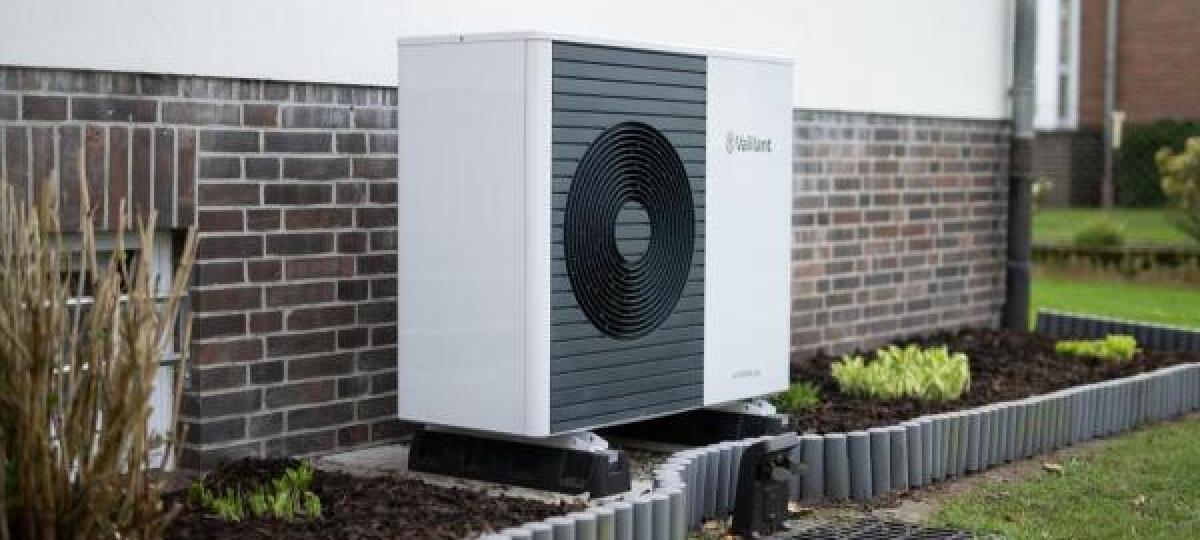Energy column: operate the heat pump energy-efficiently: this is how it works

The heat pump technology is the most efficient way to heat. With the help of the environmental heat from air, earth or groundwater, heat pumps from a part of electricity make three to four parts of heat – if the system is correctly adjusted and all components are well coordinated. As with all heating systems, there are also small set screws where you can turn to make the operation even more efficient.
Keyword heating curve – This means the connection between flow temperature and outside temperature. The lower the outside temperature, the higher the flow temperature must be to optimally heat the living space. On the other hand, if the outside temperature is high, the flow temperature should be reduced, since the heat pump heating otherwise produces too much heat. The heating curve is correctly set when there is no overlapping on a cold winter day without sunshine in the rooms with maximum open thermostats. If this is the case, the flow temperature is lowered. Basically, the more flatter the heating curve, the more efficient the heating works.
Hydraulic comparison ensures more comfort
No matter which heating system you choose, hydraulic comparison always ensures greater comfort and lower energy consumption. With the hydraulic comparison It is ensured that each radiator receives exactly the required amount of heating water. Hydraulic comparison is also an advantage for underfloor heating. A properly carried out comparison prevents certain areas from being over- or under-heated, which is particularly important at low flow temperatures, as is common for heat pumps.
Speaking of underfloor heating: Here is the recommendation to always leave the thermostats in the mainly used rooms. The self -reflection effect of the underfloor heating prevents the heat output in the event of solar radiation, so that it does not get too warm in the room. The open thermostats ensure that a lot of water circulates in the heating lines and the heat pump is constant, but runs on low performance and rarely jumps out and again. The latter is referred to as time. A low clock increases the lifespan of the heat pump. For heaters, the thermostats should be set to the desired room temperature.
Time program for hot water preparation makes sense
It can also be quite sensible and energy -saving to use time programs for hot water preparation and circulation. However, a specialist should make the attitude into account, taking into account the investment technology and user behavior. As for the risk of legionella, a water temperature of 50 degrees from a hygiene view is sufficient in one and two-family houses. It should be 60 degrees for apartment buildings.
A night lowering can even lead to increased energy requirements for heat pump heating and a well-insulated building envelope. If living rooms have to be heated quickly after reduction in night, a higher flow temperature is necessary. This can increase the power consumption of the heat pump and the savings during the night reduction.
Saving is also saved at the wrong end if you rarely use rooms that are rarely used or not heated at all. It should also be 17 or 18 degrees here – because of the risk of mold, but also for energy reasons. If the heating is turned off in individual rooms to save energy, the basic temperature of the building envelope drops. As a result, the heat pump requires a higher flow temperature and thus more energy to bring the other rooms to the desired temperature.
To person: Martin Sambale is the managing director of the Energy and Environmental Center Allgäu, or Eza for short!.







